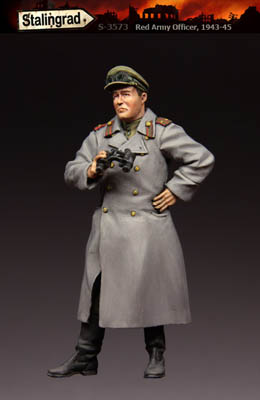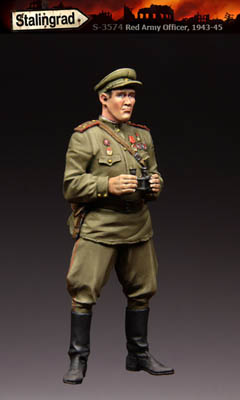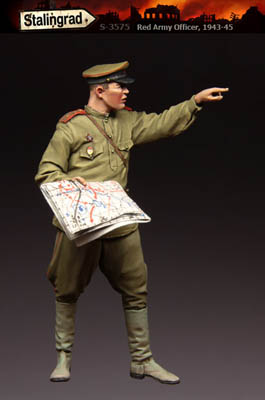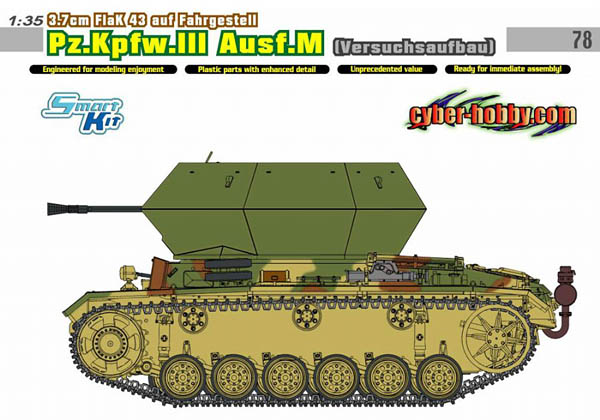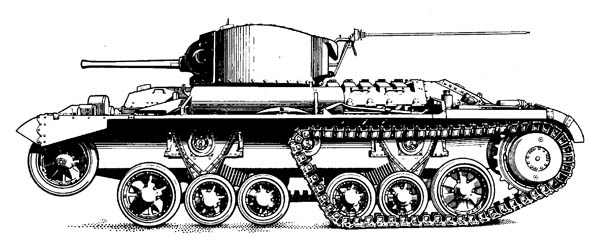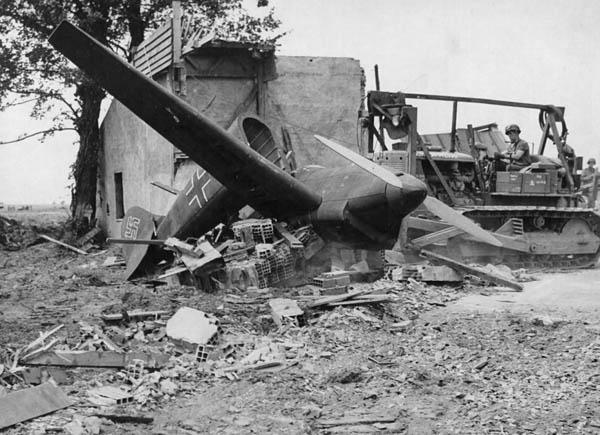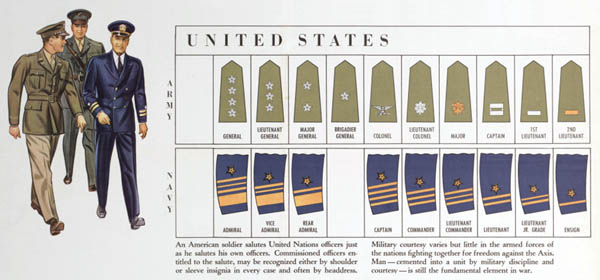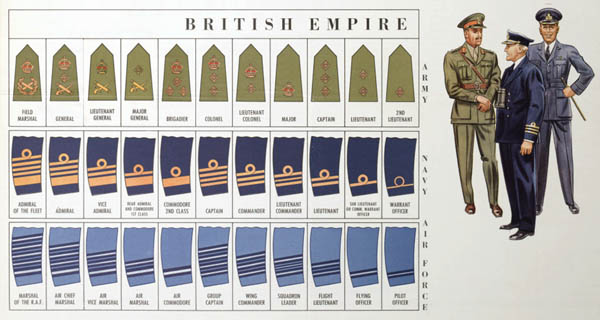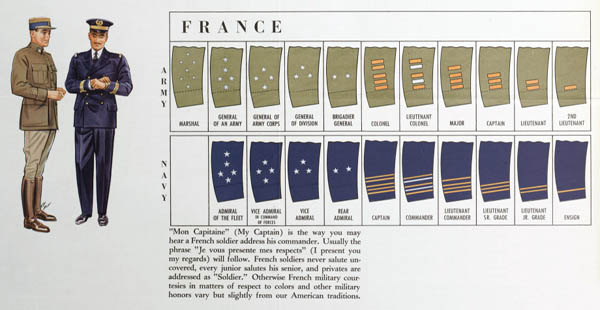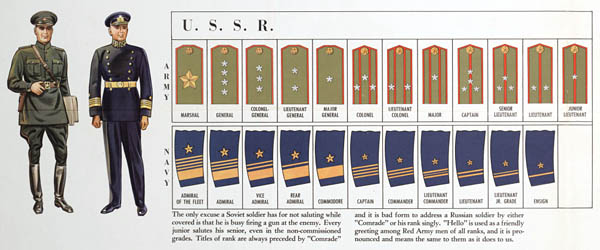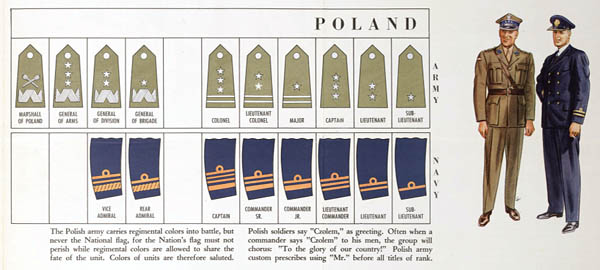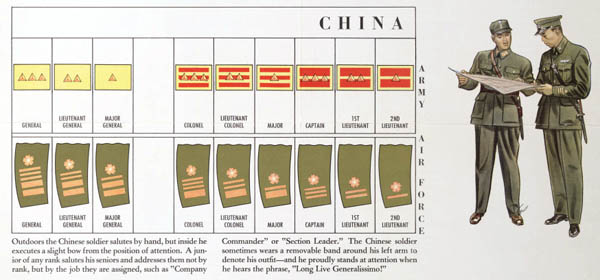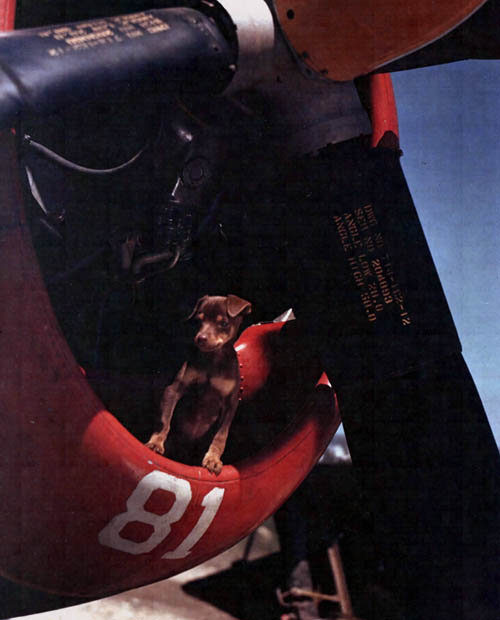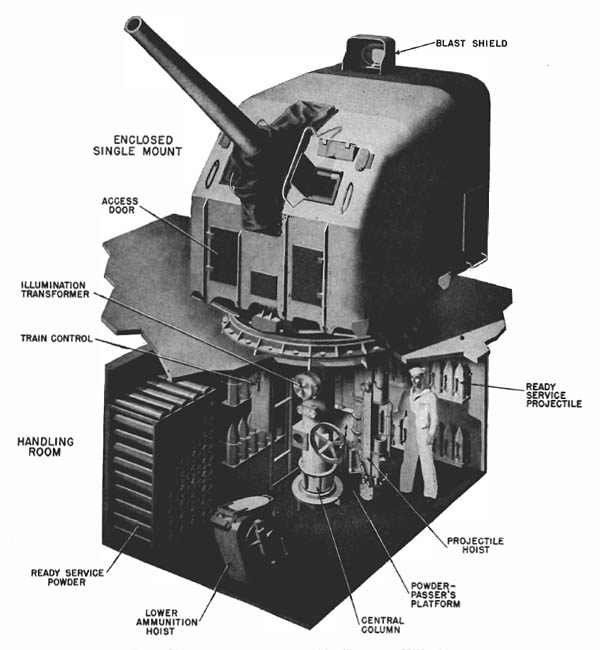The following report on the German Luger Pistole Parabellum 1908 was published in Foreign Military Weapons and Equipment, Vol. III, Infantry Weapons, Pamphlet No. 30-7-4, Department of the Army, 1954.
9-mm Luger Pistol M1908
(PISTOLE 08 or P-08)
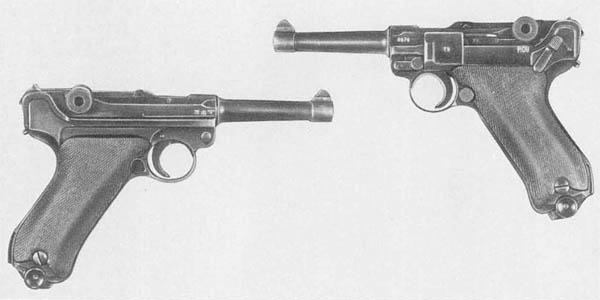
The 9-mm Luger 08, or parabellum, pistol was the official German military sidearm from its adoption in 1908 until the beginning of World War II when the Walther P-38 began to replace it.
The Luger action is based upon the design development by an American, Hugo Borchardt, during the 1890’s. The original action, which was heavy, clumsy, and badly balanced, was redesigned in 1900 by Georg Luger of the German D.W.M. firm and since has been designated the Luger in the United States. It was initially manufactured on a large scale under the name Borchardt-Luger, later shortened to the present name “Luger.” It has been widely distributed throughout the world.
It is found in three models, one with a short (3.94 inch) barrel, one a navy model with a 6-inch barrel, and the other with an 8-inch barrel and shoulder stock attachment. A 32-round drum magazine, which enables a higher fire capacity, may be used with all models. The long-barrel type with the shoulder stock and drum magazine was replaced by the submachine gun during World War II.
Although the 9-mm was the official German Army caliber, commercial versions of this weapon may also be found in .30 caliber (7.63-mm).
The weapon is recognized by: (1) Its unique toggle locking system with the two milled knobs on the top of the receiver; (2) a square side plate above the trigger on the left side of the pistol; (3) a semicircular recess cut in the bottom of the grip to receive the circular magazine buttons; and (4) a grooved spur milled on the lower, rear portion of the hand-grip butt for attaching a shoulder stock.
Continue reading →
